Every driver dreads getting a flat tire, hoping it’s a fate that never befalls them (or their car). But it’s still one that smart drivers must be prepared for. Luckily, most cars come equipped with a spare tire. It comes in handy, and it’s absolutely one of the things you should always keep in your car. But, should you get a flat, how long can you drive on a spare tire?
Well, there are two types of spare tires, and you should absolutely know which type you have since that makes a big difference in answering “how long can you drive on a spare tire.” Some vehicles might include a full-size tire that matches all of your others. “Older vehicles and 4Runners commonly included a full-sized, regulation tire,” explains Jake McKenzie, Content Manager at Auto Accessories Garage. If your car has this type of tire, especially if it does, in fact, match the size and shape of your car’s other tires, you should be able to drive with it for as long as you want (or at least as long as your tires normally last).
But you should still make it a priority to get the flat tire repaired so that you’re not driving without a usable spare. And McKenzie still recommends switching it out for the repaired flat sooner rather than later, so that all of your tires have a similar amount of wear—that’s just a safer way to drive. And find out why tires might actually be the most important safety feature of your car.
What exactly constitutes an “older” vehicle? Well, as Richard Reina, Product Training Director at CARiD.com, puts it, “almost all cars of the last 20 years or more have gone to the ‘temporary spare tire.'” This is the type of tire you think of more commonly when you hear the words “spare tire”: a donut tire.
Today’s cars use a donut tire for a couple of reasons. According to Reina, it helps keep the overall weight of the car down, which improves fuel economy. And it’s also just less expensive. But, of course, there’s a major downside to donut tires that makes them a “spare” for a reason: You can’t drive on them for very long. Exactly how long can you drive with a donut tire?
Exactly how long can you drive with a donut tire?
“There should be mileage and speed limitations listed in your vehicle’s owner’s manual,” says McKenzie. So if you want to know the exact answer to “how long can you drive on a spare tire,” you should consult the manual. But there is a general range that most car experts agree on: approximately 50 to 70 miles, with 70 as the absolute maximum. To be as safe as possible, stick closer to 50. “The label on the temporary spare…will state to drive no more than 50 miles [on it],” Reina says.
And there’s also a speed guideline to follow as well. You should be driving fairly slowly—both McKenzie and Reina recommend not exceeding 50 mph with the donut tire.
The bottom line is, driving on a donut tire is definitely not ideal, and you should make an effort to have the flat repaired as soon as you can. “[The donut tire] is a different size than your other tires, [so] it will make your vehicle unbalanced and less safe,” McKenzie says.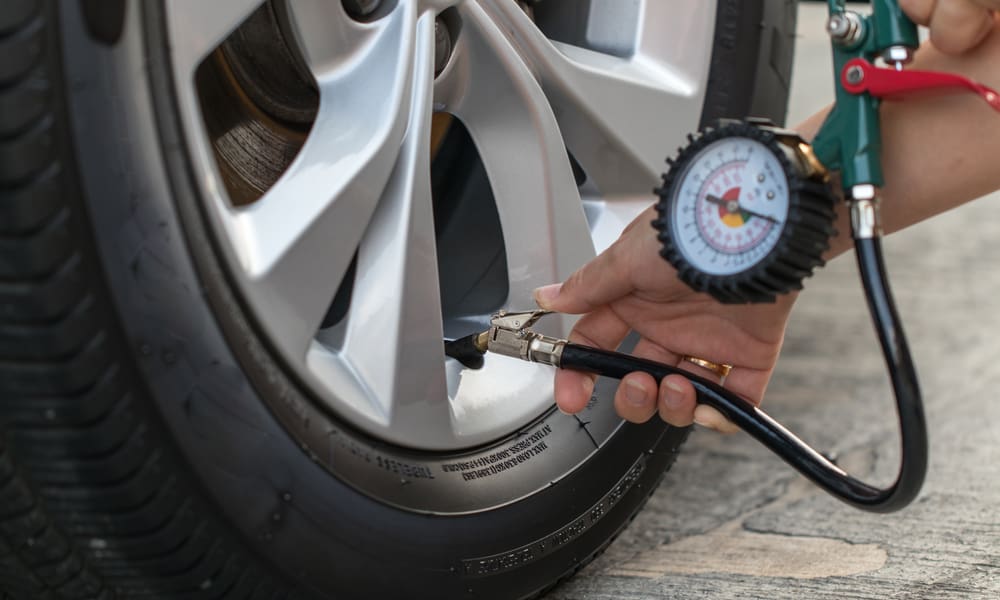 But before you can worry about how long you can drive on a spare tire, you have to know how to change a tire in the first place—it’s one of the car maintenance basics everyone should know.
But before you can worry about how long you can drive on a spare tire, you have to know how to change a tire in the first place—it’s one of the car maintenance basics everyone should know.
Meghan Jones
Meghan Jones is a word nerd who has been writing for RD.com since 2017. You can find her byline on pieces about grammar, fun facts, the meanings of various head-scratching words and phrases, and more. Meghan graduated from Marist College with a Bachelor of Arts in English in 2017; her creative nonfiction piece “Anticipation” was published in the Spring 2017 issue of Angles literary magazine.
Advertisements
Broken Belt in Tire SignsIf you are driving and you have noisy tires, this could be a sign that you have a broken belt aka a tire separation. A broken belt in tire could cause your car to vibrate or your steering wheel to shake. Your tires may even seem like they’re bouncing in extreme cases.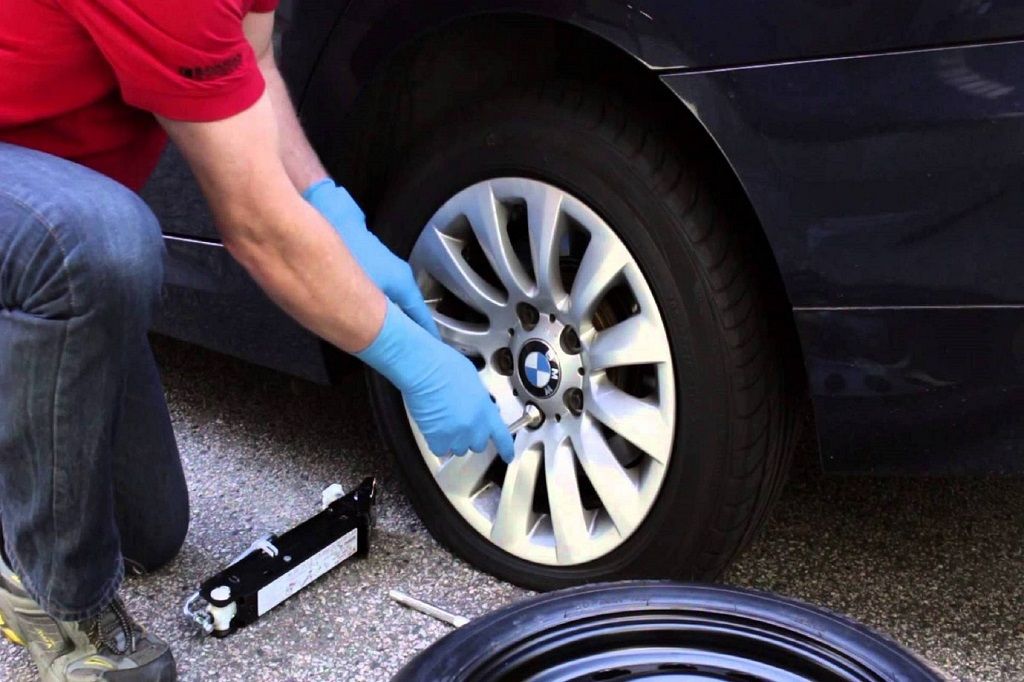 All of these can be signs that you have a broken belt/tire separation in your tire.
All of these can be signs that you have a broken belt/tire separation in your tire.
Fix The Problem
Your tire may even appear to have an odd shape. This odd shape could look like a big and long bubble inside your tread. In really bad cases your steering wheel could jerk back and forth while your car is bouncing. In some extreme cases it may feel like your tire isn’t even a circle anymore.
A tire is like God’s love for you… endless.
Tweet
You can get vibrations, steering wheel shaking, bouncing at low speeds, and at high speeds if you have a broken belt in tire. If you have any of these symptoms you should look for new tires as soon as possible. This is a dangerous form of tire damage that can lead to a potential tire blowout.
Let’s be safe on the road, so be sure to fully inspect your tires before you drive on the road. Tires are a safety tool so let’s be smart when it comes to our tires.
Advertisements
Tire Belt SeparationSteering Wheel Shakes at High/Low Speeds?Why does my steering wheel shake at high/low speeds ?
Bad tire separation/broken belt in tire could be the culprit behind your shaking steering wheel. This form of tire damage can affect your vehicle when traveling at high or low speeds.
This form of tire damage can affect your vehicle when traveling at high or low speeds.
Tire separation is when the tread of your tire separates from the internal structure of your tire. This causes a bump in your tires tread or a very oddly shaped tire. This damage can sometimes be rather severe, causing your car to feel like it’s falling apart when you drive.
When these things happens to your tire, it is no longer any good. You can always replace your bad tire with your spare tire just until you get a new one.
You should NOT drive with a broken belt in your tire. Your tire(s) could potentially have a catastrophic failure such as a tire blowout, flat tire, or tire explosion. If you’re not in the market for a new tire and you don’t have a spare, I would park your car until you get a new tire.
Be sure to always inspect your tires, feel and listen for any signs of a bad tire, you might just save yourself from having a really bad day.
Please note, your steering wheel can shake for other reasons such as a tire out of balance, cupping, out of round tire, suspension issues, alignment issues or could be a brake problem and it shakes when you apply the brakes.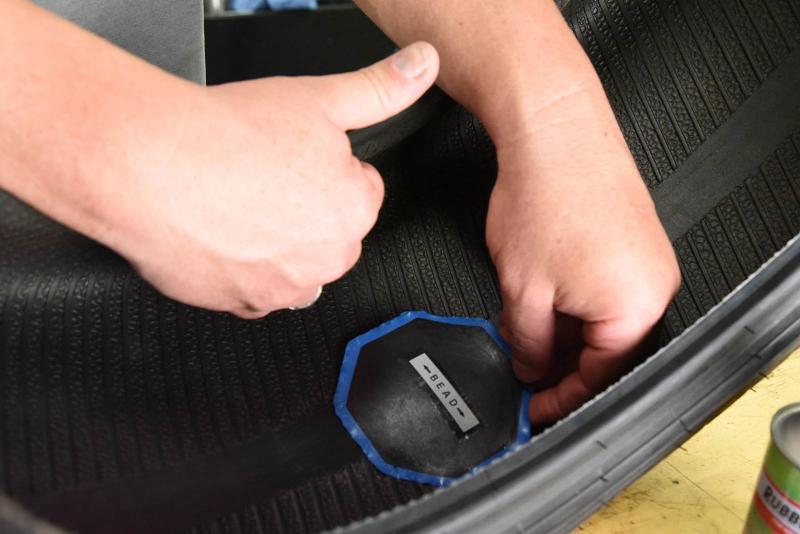
Tire Valve Caps (American Flag)
The Subdued American Flag tire valve stem covers are made from machined aluminum in black and treated to withstand the elements, specifically for outdoor use. Each valve cap contains a rubber O-ring for an air tight seal to prevent dust dirt and debris from entering.
Buy Now
Loud Tire Noise at Highway SpeedsAre your tires really loud and noisy when traveling at high speeds? This could very well be a sign that your tires are starting to separate.
Tire separation is when the inside structure of your tire starts to separate from the outer tread. This will cause your tire to be out of shape or have a rather large bubble on the tread itself.
Bad tire separation could very well cause this noise. For steel belted tires, tire separation is very common. Having a tire separation is not safe at all. This tire damage needs to be addressed immediately.
Take action before matters get worse.
Tweet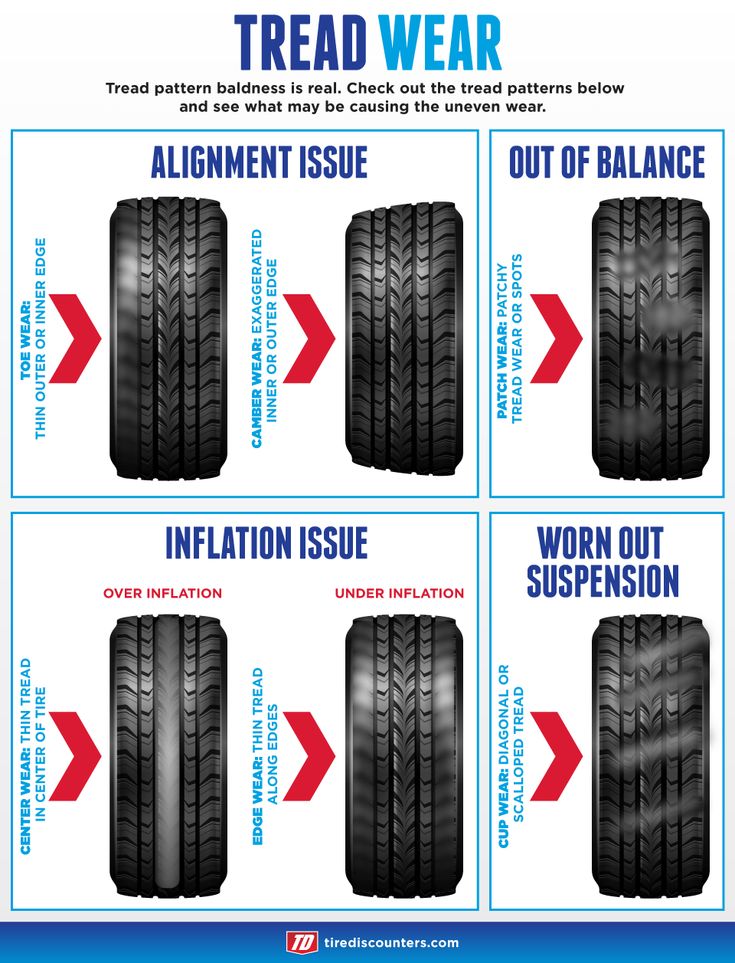
The only way to eliminate tire separation is to buy a new tire. If this problem worsens and your tire separates more, you could have your tires start to shake your car or even bounce it.
Be safe, address this situation and buy new tires. You don’t want to leave yourself stranded on the side of the road due to a tire malfunction or tire blowout. By getting new tires you are not only protecting yourself, but others around you.
What Causes Broken Belt in Tire?There are many reasons why your tires could have bad tire separation/a broken belt. These reasons include a tire defect, not taking good care of your tires/abuse of your tires, incorrect PSI levels, repairing your tire the wrong way, and/or bad tire wear. Please understand once you have a broken belt or tire separation in your tire there is no going back you need a new tire.
If this problem is not addressed more than likely this problem will get worse and end with you stranded on the side of the road. Be sure to inspect your tires and feel your tires to make sure they are always in perfect working order. If you feel or see a big bump or bulge on your tread, then you have a tire separation.
Be sure to inspect your tires and feel your tires to make sure they are always in perfect working order. If you feel or see a big bump or bulge on your tread, then you have a tire separation.
Having a defective tire is highly dangerous and is actually more common than you would think. Having a tire defect means that in the process of making your tire something went wrong.
What happens is the tire steel belt and the tread did not seal well to the tire casing. When this happens, something went wrong with the chemical procedure when it comes to forming the tire.
This is a factory defect and you should see if there are any recalls or compensation you can receive. Check with the place you got the tire from for a workmanship and materials warranty.
Riding with too much air in your tires or driving over things you shouldn’t be driving over can cause a broken belt in tire. Both over inflation and riding over rough areas can be an equation for the destruction of your tires.
Your tires are designed to absorb the impact when it comes to going over bumps and potholes. When your tires are overinflated, your tires will be rigid and will not be able to absorb the shock when driving over rough services. This high impact can cause a broken belt/ tire separation.
Be sure to check the inside of your driver door to see what PSI your car calls for on the door sticker. Then air your tires with a portable tire inflator or at a gas station air pump. Riding with too much air pressure in your tires can cause a whole bunch of heat and tire wear.
Not repairing your tire the right way can cause your tire to separate as well. Sometimes putting a plug or a patch plug in your tire will cause tire separation. Be sure you know how to repair a tire the right way for your own safety.
Once you get a separated belt within your tire, you have to replace your tire. So, be sure to repair your tire correctly.
Another cause of a broken belt or tire separation is having bad tire wear. Your tires have a mileage clock and once your tires have been road on for the amount of miles you were supposed to get out of them, you should replace them.
Your tires have a mileage clock and once your tires have been road on for the amount of miles you were supposed to get out of them, you should replace them.
Be sure to check your tread depth with a tire tread check tool. Having bald tires is very dangerous. You could have a loss of traction or a tire failure because of it. Bald tires can cause a tire separation/ broken belt. When your tires are bald there is less tread to protect the innards of your tire.
Tire Tread Depth Gauges (2 Pack)
This tire tread depth gauge tool reads in 32nds. Suitable for trucks, motorcycles, automobiles and any passenger vehicle. Know exactly when to get new tires!
Buy Now
When hitting a bump or pothole with bald tires there is less tread to help absorb the impact. Old and worn out tires are also just more prone to having more problems. You should always replace your tires in a timely manner. Your tires keep you on the road, so be sure to take care of them to help insure your safety.
Is it safe to drive on a separated tire? How long do you have until your tires are toast?
The answer is easy: you should never drive on a separated tire. You are asking for a disaster if you do drive on a separated tire. The problem is your tire is literally coming apart from the inside out, and there is no telling when you will have a tire blowout.
Plan ahead. Don’t set yourself up for failure.
Tweet
For your own safety, tire(s) should be replaced as soon as possible. It’s not only dangerous for you to drive on a separated tire but for those traveling with you and the cars on the road around you as well. Plus, if your tire blows out while you are driving, you could damage the rim and possibly cause a wreck.
A tire separation is literally when the inside of your tire detaches from the tread of your tire. This causes a bubble on your tread.
As stated before a broken belt in tire is most common on factory defected tires or on cheap tires.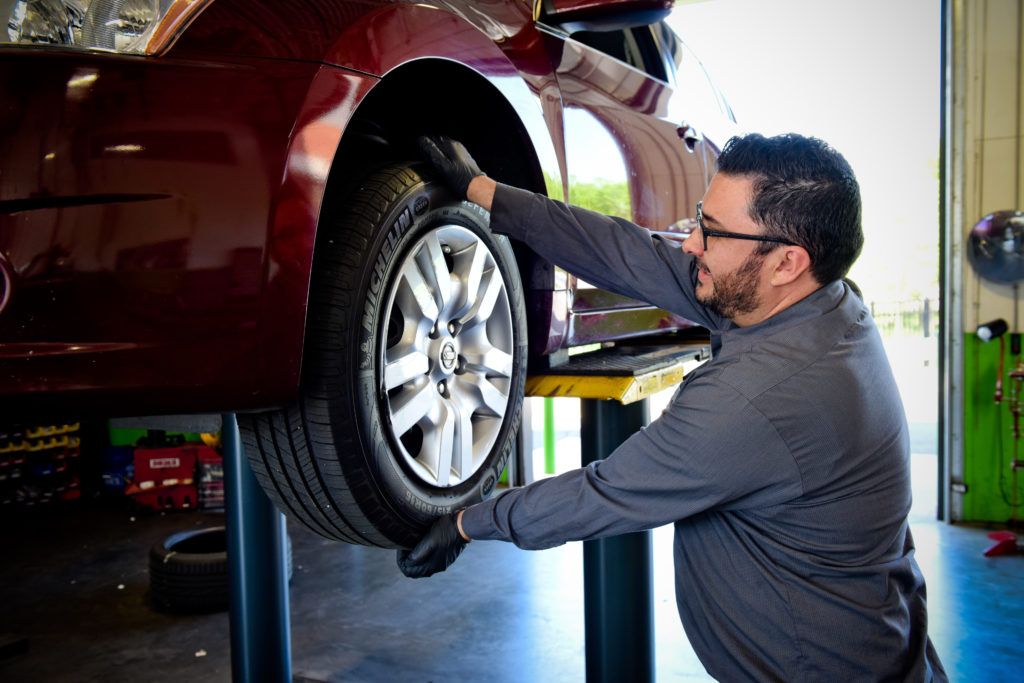 Be sure to be safe when it comes to your tires. It’s always good practice to visually inspect your tires as well as feeling them for anything wrong.
Be sure to be safe when it comes to your tires. It’s always good practice to visually inspect your tires as well as feeling them for anything wrong.
Can tire separation be fixed? Yes. You just have to buy a new set of tires. Unfortunately, once the tire is separated, fixing it is impossible. This damage deems your tire very unsafe to drive on.
Tire separation can cause a rough ride such as road noise, jerking in the steering wheel, car vibration and shaking. This means the structure of your tire is falling apart which holds your tread to the inner part of your tire.
This will form a lump on your tread or just cause your tire to be very oddly shaped. You could have a bumpy ride, vibrations, steering wheel shakes, or your vehicle might even feel like it’s jumping.
Don’t risk having a tire pop or a flat tire. Replace your tires or you might be stuck on the side of the road installing your spare tire. Tire separation is a serious problem that needs to be addressed.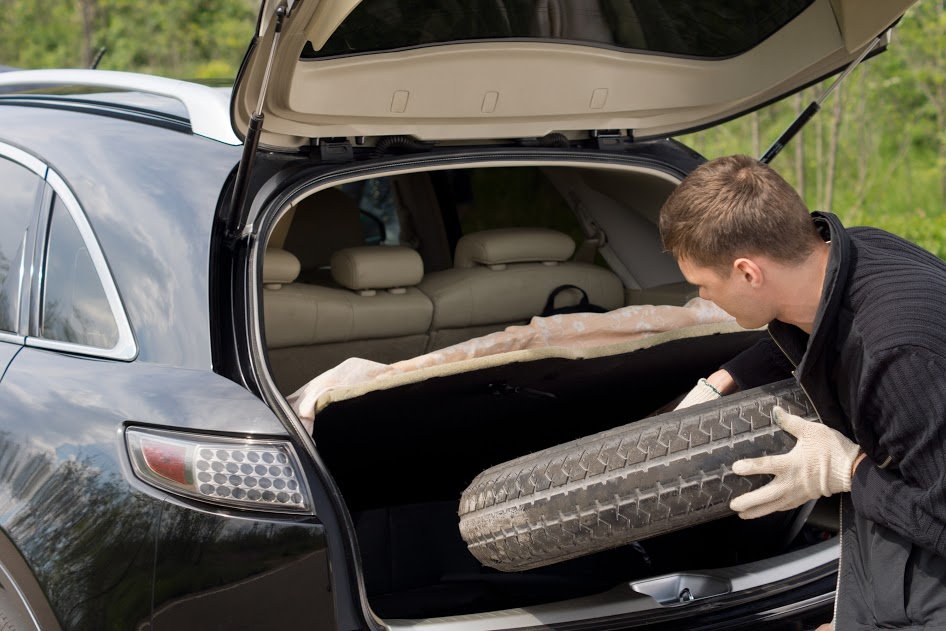 Point is you can not fix tire separation and be sure to also look over your tires well to keep the roads safe.
Point is you can not fix tire separation and be sure to also look over your tires well to keep the roads safe.
When you have a tire separation there are many tell tale signs when it comes to figuring out what is wrong with your tire(s). Please understand, that if you have a tire separation you need new tires as soon as possible. You are at risk of having a tire blow out.
Riding down the road you may experience a loud noise from your tires maybe even in the form of a rumbling noise. This rumbling noise probably comes from a lump or an out of shape tire due to tire separation. Your whole entire car may vibrate or shake because of these lumps or bumps.
When going down the road your steering wheel could have vibrations or shake because of tire separation. In a more extreme situation of tire separation your steering wheel could jerk left and right, your car may bounce or your car will ride like it’s going over a bunch of bumps.
If you are experiencing any of these symptoms you should consider getting new tires for your safety. A tire with tire separation is not safe to ride on, your tire will be more prone to popping due to a broken belt in tire.
On the road, the driver may encounter various troubles and difficult situations. For example, punched tires bring a lot of difficulties to the life of a motorist. The situation is complicated by the lack of a spare wheel and chemicals that allow you to tighten a puncture in the wheel for a short time.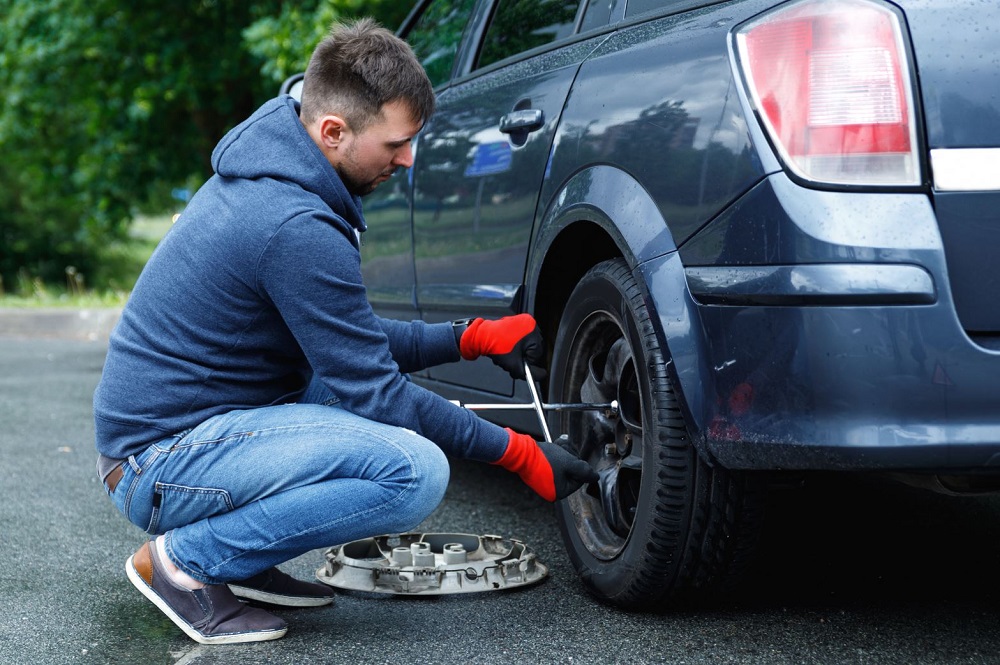
The driver has few options. You can call a tow truck, but you have to fork out a lot. You can also ask for help from passing drivers or try to get on your own to the nearest tire shop. It is the last option that we will analyze in detail.
There are many reasons why a tire may start to deflate. The most common situations are:
 In this case, the tightness of the connection between the rubber and the disk is broken and the wheel releases air along the rim.
In this case, the tightness of the connection between the rubber and the disk is broken and the wheel releases air along the rim.
Every driver must be aware of the seriousness of the situation, so that even the temptation does not arise to ignore a leaky tire. Any delay will only exacerbate an already dangerous situation. On a flat tire, you can only drive to the nearest tire shop. But no more.
A tire is not a piece of rubber on a rim. It is a complex structure in which every detail plays its role. Automobile rubber consists of several layers. For the production of each of them, a special fiber is used and special technologies are used. Even the tread pattern is not created for beauty. A team of specialists is working on its development, numerous tests are carried out so that the functionality of the drawing is maximum.
Even the tread pattern is not created for beauty. A team of specialists is working on its development, numerous tests are carried out so that the functionality of the drawing is maximum.
If the wheel leaks air, then its functionality is impaired. When driving on such tires, the following situations arise:

Now you can tell whether you can drive with a flat tire. The situation is extremely clear. But what to do if there is no other way out and you really need to drive on your own to the tire station?
Next, we have to figure out how much you can drive on a flat tire and how to do it correctly. This information will be useful to every driver, because no one is immune from the occurrence of such a problem.
It is on a half-flat tire that you can overcome a certain distance. If the tire is completely deflated and there is no way to temporarily resuscitate it, then the only option is to call a tow truck. Do not tempt fate and do not try to prove that it is you who will be able to do the impossible. It won't lead to anything good.
If there is some air in the tire, you can try driving to a tire shop on your own. There are a number of mandatory requirements for such a movement. If each of them is observed, then the idea will be successful, and the consequences for the car will be minimal.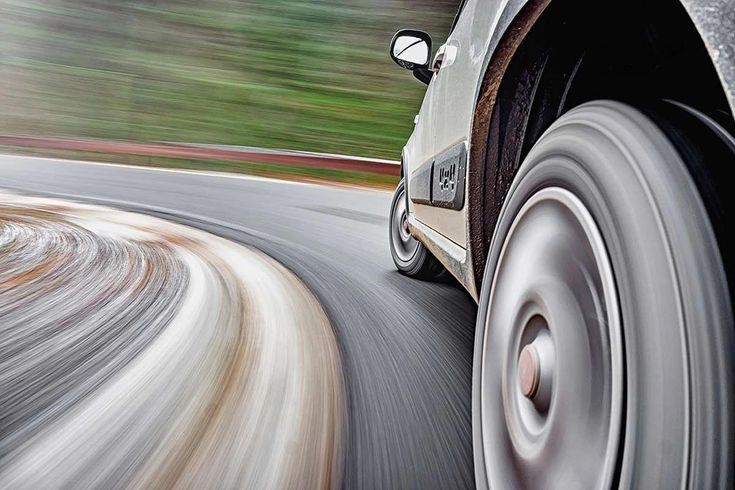 Driving with a half-flat tire is as follows:
Driving with a half-flat tire is as follows:
As practice shows, on a half-flat tire, you can drive an average of 10 km, only if the above tips are followed.
Consequences of driving with a flat tireIf for some reason you decide to postpone the change of tires and continue to drive with half-flat tires, then you need to be prepared for unpleasant consequences:

Riding on a flat tire is allowed only in extreme cases, when it is not possible to reanimate the tires or install a spare tire. Such a car is dangerous because it does not respond well to control.
Tips for motorists0
The answer is simple: if you have to drive off-road with the risk of getting stuck. After all, not everyone can afford "toothy" rubber, sharpened under the dirt. Although, even the owners of powerful wheels specifically relieve pressure.
It turns out that the most profitable solution to problems with overcoming nervousness and mud will be to lower the tires.
Why, in what cases, how to produce - will be described in this article.
Contents
Vehicle behavior on tarmac and off-road differs. So, in the first case, the emphasis is on the controllability of the car, speed, which is achieved by increasing the repulsion from the surface, and therefore - high tire pressure.
Off-road the situation is different. In order to overcome bumpiness softer - you need to increase the area of resistance, "soften" the rubber. For this, they lower the atmosphere. Recall that in order for the ball to bounce well off the surface, it was pumped up to the stop. A deflated ball instantly lost its agility. So here.
Conclusion! If you need speed - the pressure is at maximum. If the ride is smooth, the pressure is lowered.
What wins the car, if you release the atmosphere:

It turns out that in off-road conditions, due to greater shock absorption, the comfort of movement will increase not only in terms of shaking the driver and passenger, but also overcoming obstacles. After all, drivers noticed that when driving off an asphalt road, the tire tread almost immediately clogged with soil and sand. This reduces the traction performance, turning into a mud ball from each slip. The lowered tire spreads in width, slightly lengthens, which increases the range of contact with the road.
Please note! With lowered tires, the car will not only stop failing, but will be more resistant to side skidding.
Of course, when driving on gravel, mud, potholes, bleeding atmospheres will help, but when driving on a “normal” road, driving on flat tires can negatively affect both the fuel tank gauge and the wheel wear.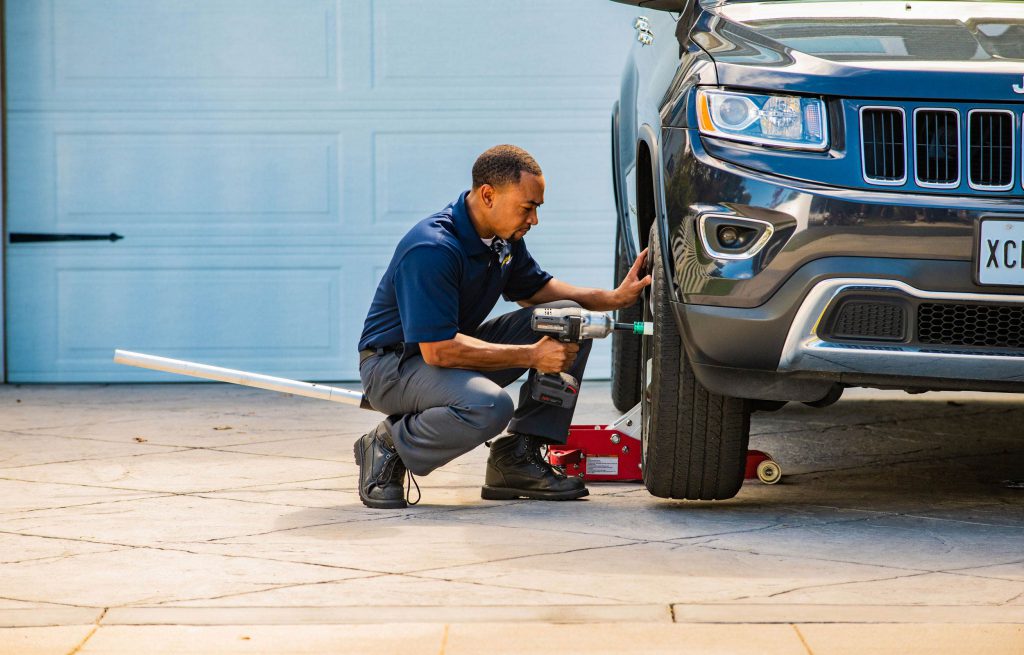 But this is not the whole bouquet that awaits a meeting with fans of low-pressure riding.
But this is not the whole bouquet that awaits a meeting with fans of low-pressure riding.
Consider what the consequences may be: Unfortunately, if you overdo it with deflation during a bad turn, the tire can jump off the rim. But it’s not so scary to disassemble than to crumble on the road. Important! Act according to the circumstances, choosing the lesser of the evils.
